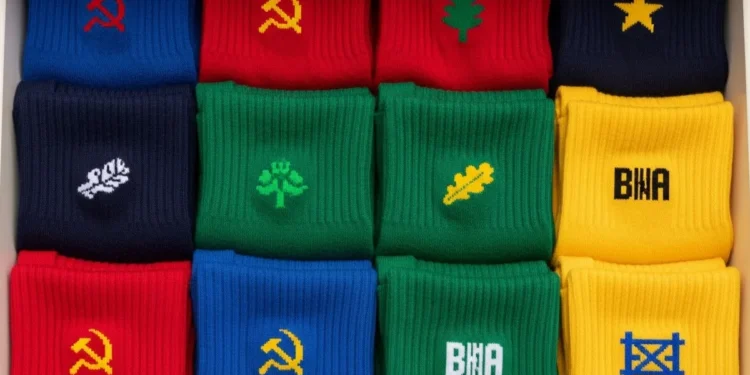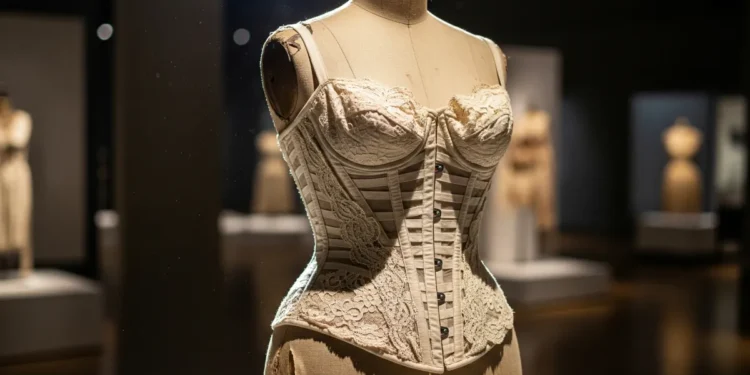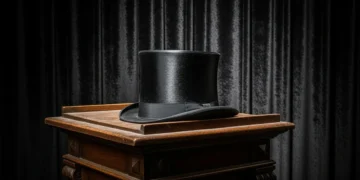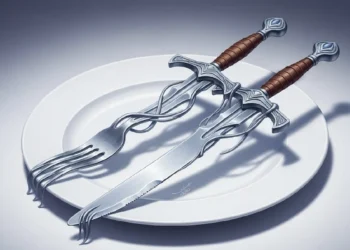Explore the intricate history and cultural significance of socks in this insightful blog post. Discover how socks have evolved from humble garments into powerful symbols of identity, resistance, and belonging. Uncover the connections between sock design and historical movements while examining the rise of luxury and sustainable sock brands in modern fashion. Join us in recognizing how an everyday item can carry profound narratives and reflect societal trends, personal beliefs, and cultural attitudes.
Table of Contents
Introduction
Socks, often underestimated in the realm of fashion and self-expression, have evolved far beyond their basic function of providing warmth and comfort. Throughout history, they have emerged as powerful symbols of identity, belonging, and social commentary. The humble sock has the capacity to express nuanced cultural narratives, acting as a canvas for individual expression and collective identity.
Traditionally, socks have served practical purposes, yet their significance stretches into the realms of art and politics. In various cultures, specific styles of socks have signified rank or profession, with colorful patterns and materials often indicating more than mere fashion choices. From vibrant designs that represent a sense of belonging to particular communities, to monochromatic styles that suggest a more understated luxury, socks are endowed with meaning. Moreover, during tumultuous times in history, specially crafted socks have been used as statements of resistance, a subtle but powerful method to communicate dissent or solidarity.
This blog post will explore the multifaceted roles that socks play in society. As we journey through their rich history, we will examine how different periods and movements have influenced sock design and its varied meanings. From the luxurious silks of the aristocracy to contemporary streetwear, the evolution of socks is intertwined with social identities and class distinctions. Furthermore, we will look at how socks currently serve as a medium for individual expression, showcasing personal beliefs, affiliations, and values through design choices.
As we delve deeper into the cultural significance of socks, it becomes evident that these everyday items are much more than simple accessories; they carry profound narratives reflecting societal trends, histories, and changes in cultural attitudes. Ultimately, the exploration of socks is an invitation to recognize how even the most ordinary aspects of our lives can be imbued with extraordinary meaning.
Historical Context: The Evolution of Socks
The history of socks dates back to antiquity, with evidence suggesting that their use can be traced to ancient civilizations such as the Egyptians and Greeks. In these early times, socks were generally made from animal hides or woven fabrics, providing warmth and comfort on cold surfaces. The Greek philosopher Plato even mentioned socks, highlighting their peculiar appeal among certain social classes. By the Roman Empire, socks became a sign of status, often crafted from luxurious materials like silk, indicating that footwear accessories were not merely functional but also signifiers of wealth.
As the Middle Ages approached, the design and materials of socks evolved significantly. The introduction of knitting in the 16th century transformed sock production, making it easier to create fitted garments for the feet. During this period, men typically wore knee-length stockings, often adorned with intricate patterns and bright colors. Such elaborate designs made socks a key component of men’s fashion and indicative of one’s social rank. The Renaissance further emphasized the importance of style, as both men and women decorated their socks with embellishments that showcased creativity and opulence.
The Industrial Revolution heralded a significant change in sock manufacturing, enabling mass production and introducing a variety of materials, including cotton and wool. This transition made socks more accessible to the general population. As societal trends evolved, particularly throughout the 20th century, socks became more than just a protective garment; they began to offer insights into the wearer’s identity and political beliefs. Notably, colorful and patterned socks emerged as symbols of cultural movements, highlighting how this fundamental clothing item can reflect larger societal narratives.
From ancient civilization to modern-day fashion, socks have undergone a remarkable transformation. This historical journey not only illustrates how materials and designs have changed but also showcases the significant role that socks play in expressing belonging, resistance, or quiet luxury within various cultural contexts.

Socks as Symbols of Belonging
Socks, often overlooked in the grand scheme of fashion, have played a significant role as symbols of belonging throughout history. Their unique ability to convey identity and affiliation with various groups is a testament to their importance in our daily lives. For example, school uniforms often include specific types of socks, serving not only a practical purpose but also fostering a sense of community among students. The uniformity in sock style can promote feelings of equality and belonging, reinforcing the idea of a shared identity among peers.
In addition to educational institutions, organizations, and teams use socks as a means of conveying membership. For instance, many sports teams incorporate specific sock designs and colors as part of their uniforms. These socks serve not only to unify the team visually but also create a sense of loyalty and pride among players and fans alike. The emotional connection that stems from donning these socks can be profound, as individuals feel part of something larger than themselves.
Moreover, within subcultures, particular styles or brands of socks have emerged as anti-establishment statements or badges of pride. For instance, brightly colored, mismatched socks have often been embraced by various artistic and youth movements as symbols of individualism and defiance against mainstream fashion norms. Such choices reflect more than just style; they signify a commitment to an ideologically aligned community, helping individuals express their identity and beliefs.
Lastly, the psychological impact of wearing specific socks cannot be understated. Individuals often report a sense of comfort when sporting their preferred sock choices, reinforcing feelings of belonging not just in physical spaces but also in social contexts. Therefore, socks, while seemingly mundane, have the power to create and communicate profound connections to belonging and identity across diverse groups.
Socks and Social Resistance
Socks, often deemed a mundane clothing item, have surprisingly served as a powerful medium for social resistance and protest throughout history. They possess a unique ability to convey messages without the need for grandiose gestures or elaborate campaigns. This humble garment has been repurposed as a canvas for expressing dissent against societal norms, political issues, or injustices, demonstrating the power of clothing as a form of silent protest.
One notable instance of sock-related activism occurred during the 1970s in the United States, when protestors used brightly colored, mismatched socks as a symbol of their defiance against traditional norms of conformity. This movement, particularly among youth, emphasized individuality and sought to challenge societal expectations surrounding fashion and appearance. The socks became emblematic of the counterculture movement, presenting a visual declaration that one’s identity should not be dictated by mainstream standards.
In more recent times, the use of socks in protest has been highlighted through various initiatives, such as the “Sock it to Poverty” campaign, where individuals don mismatched socks to raise awareness about homelessness and economic inequality. This movement encourages people to engage in discussions about social justice while simultaneously promoting solidarity among those affected by systemic poverty. Socks in this context serve not just as an accessory but as a symbol of camaraderie and support for marginalized communities.
Moreover, notable figures have also harnessed the power of socks to make social statements. Athletes, for example, have used their platforms to showcase socks emblazoned with messages of unity and resistance during high-profile events. Such actions transcend mere fashion choices, demonstrating that socks can articulate a powerful narrative of resistance against oppression.
In conclusion, socks have continuously defied their humble origins by evolving into instruments of protest. Through various movements, they have highlighted the significance of self-expression and solidarity, serving as a reminder that even the simplest items can resonate with deeper social messages. The evolution of socks as a form of social resistance not only celebrates individuality but also fosters community engagement in the ongoing fight for justice and equality.
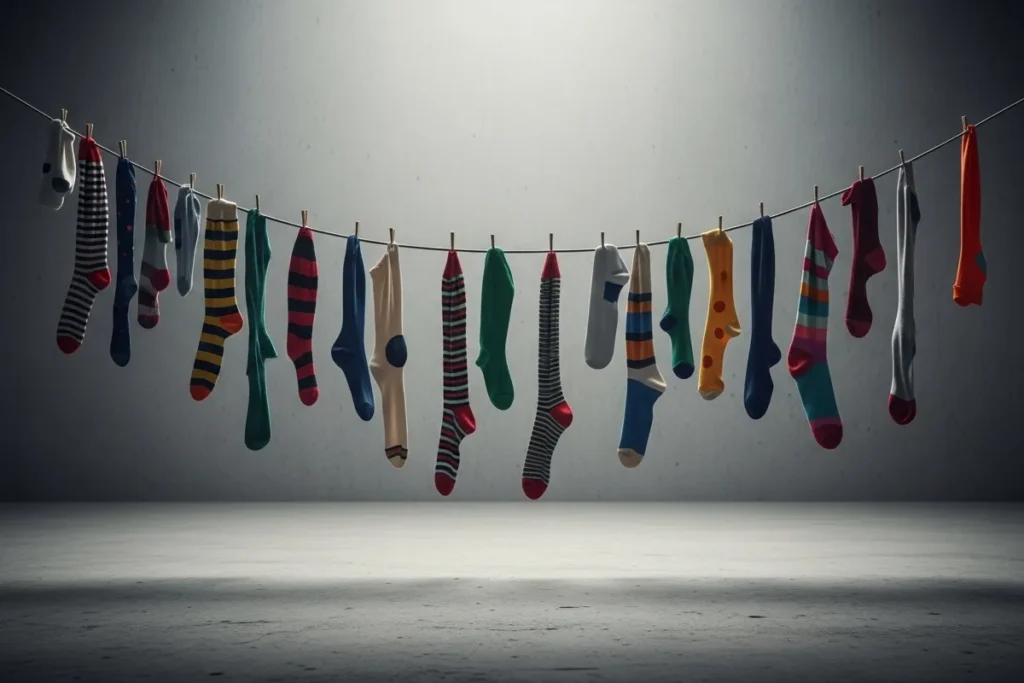
Quiet Luxury: The Rise of High-End Socks
In recent years, the fashion industry has witnessed a significant shift toward the concept of ‘quiet luxury,’ wherein understated elegance is prioritized over overt displays of wealth. This trend has permeated various fashion accessories, including socks, which have evolved from basic, utilitarian items into luxurious fashion statements. High-end socks, crafted from premium materials like fine merino wool, cashmere, and high-quality cotton, have become symbols of discretion and sophistication, reflecting an individual’s refined taste.
Luxury sock brands are now designing products that not only provide comfort and functionality but also serve as markers of social status and personal style. The transition from inexpensive socks to luxury options can be attributed to a growing appreciation for craftsmanship, where consumers are increasingly seeking products that offer both aesthetic appeal and superior quality. By investing in high-end socks, individuals are making a statement about their values, choosing durability and elegance over the transient nature of fast fashion.
Influencers and celebrities have significantly impacted the rise of luxurious sock collections, showcasing how socks can be integrated into stylish outfits. Brands such as Gucci, Prada, and Fendi have expertly incorporated socks into their collections, often pairing them with formal and casual attire alike. Moreover, social media platforms have enabled enthusiasts to share their sock styling tips, further solidifying high-end socks as a staple in contemporary fashion. This movement illustrates the shift in consumer culture toward thoughtful consumption, where the focus is on quality pieces that convey sophistication and a sense of belonging within a particular social circle.
In conclusion, the emergence of quiet luxury in the world of socks exemplifies a broader trend within fashion, emphasizing the importance of understated elegance. This transformation of socks from mere functional items to symbols of wealth and refinement highlights the evolving nature of personal style, as well as the increasing desire for quality over quantity in consumer choices.
Cultural Significance: Socks in Art and Media
Socks have transcended their functional role throughout history, evolving into potent symbols within various cultural narratives. In art, socks often reveal deeper social commentaries and are used as vessels for personal and political expression. Artists utilize socks to challenge societal norms, intertwining the mundane with the profound. For instance, in contemporary installations, artists might display socks to symbolize domesticity or vulnerability, evoking emotional responses that resonate deeply with their audiences.
Literature has also seen its share of sock symbolism. In the writings of authors such as Franz Kafka, socks represent the absurdity of human existence and the intricacies of identity. Socks can signify different aspects of life; they can be playful or solemn, suggesting community, warmth, or even isolation, depending on the narrative. They often serve as metaphors for belonging and the complex weave of personal relationships.
Moreover, the depiction of socks in media such as films and advertisements has contributed significantly to their cultural significance. Iconic representations, such as mismatched socks in movies, may reflect individuality and defiance against conformity. Meanwhile, trending sock styles promoted through social media have fostered movements that celebrate personal expression in fashion. The vast array of available designs, from high-end luxury brands to quirky patterns, showcases how socks have adapted to changing times and tastes, catering to diverse social groups.
Thus, the humble sock emerges not merely as a clothing item but as a multifaceted cultural artifact. It invites commentary on identity, community, and the human condition, illuminating the intricate relationships we foster through shared experience and expression. The art and media portrayals underscore socks’ evolution into symbols of resistance and quiet luxury, reflecting shifting societal values across generations.
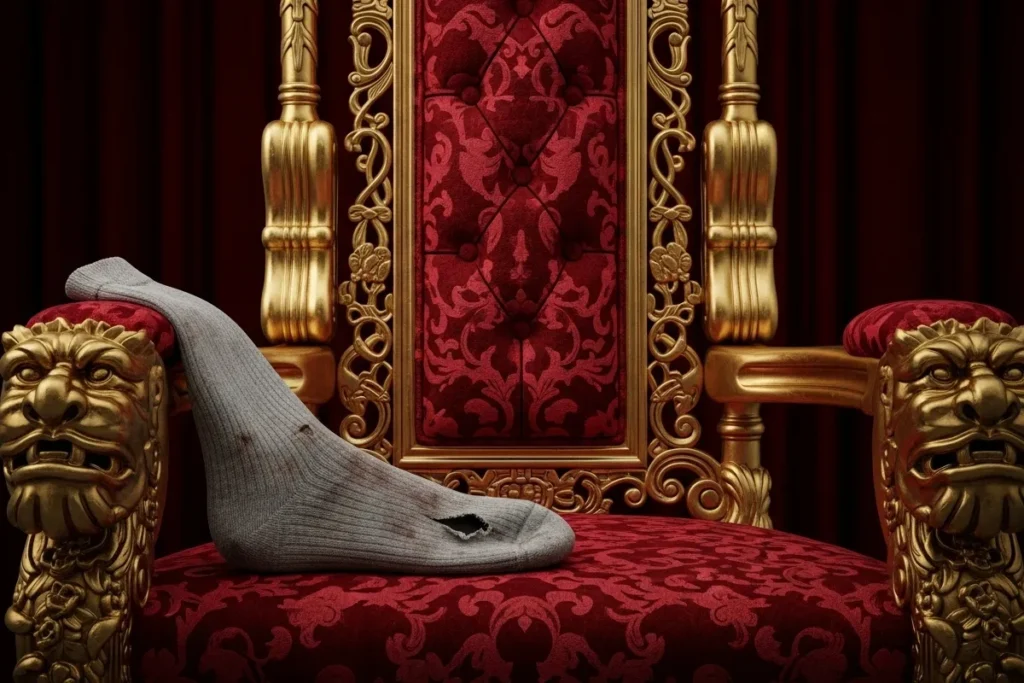
Fashion Trends: Sock Styles Through the Decades
Over the years, sock styles have not only adapted to the prevailing fashion trends but have also emerged as a significant means of self-expression. Each decade has introduced unique designs that reflect the broader cultural and societal shifts, from the practical to the extravagant. Beginning in the 1960s and 1970s, there was a notable shift towards bold patterns and colors. Stripes, polka dots, and vibrant hues became increasingly popular, symbolizing the era’s penchant for non-conformity and rebellion. This period set the stage for the playful styles that would emerge in subsequent years.
The 1980s saw the rise of tube socks, characterized by their knee-high length and often decorated with contrasting stripes at the top. This style became synonymous with athletic wear and was embraced by the burgeoning fitness culture, which emphasized the importance of physical activity. Tube socks found their footing not just in the gym but also on the streets, allowing wearers to showcase their vibrant personalities.
As we transitioned into the 1990s, sock fashion began to reflect the grunge movement, with darker tones and patterns becoming fashionable. Chunky, oversized socks paired with combat boots encapsulated this shift towards a more subdued aesthetic. The rise of hip-hop culture also introduced a streetwear influence, with brightly colored, logo-emblazoned socks becoming a staple of this style.
In the 2000s, designer collaborations brought socks into the realm of high fashion, leading to the introduction of luxury ankle socks crafted from premium materials. Today, brands leverage sock fashion to make bold statements, integrating innovative designs, sustainable materials, and unique collaborations. Bright patterns continue to satisfy the demand for individuality, while minimalist designs speak to a growing appreciation for understated elegance. These evolving styles illustrate not only the versatility of socks but also their enduring significance within the broader fashion landscape.
Socks and Sustainability: A Modern Perspective
The fashion industry is undergoing significant transformation as consumer awareness surrounding environmental sustainability increases. Among various apparel categories, the sock segment is garnering attention for its potential impact on sustainability. Sock manufacturing and consumption can often lead to environmental degradation through waste generation and resource depletion. Traditional materials like cotton and synthetic fibers contribute to higher emissions and environmental footprints. However, the emergence of eco-friendly sock brands is altering this narrative.
Innovative brands are now prioritizing the use of sustainable materials such as organic cotton, recycled polyester, and even bamboo fibers for their sock lines. These materials not only reduce the ecological impact associated with conventional production methods but also offer consumers an alternative that aligns with their values. As an example, brands like Bombas and Conscious Step are at the forefront of this movement, creating socks that are manufactured ethically while also promoting social causes.
Ethical consumerism has become increasingly relevant, encouraging buyers to make informed choices. Shoppers are now more inclined to support brands that exhibit transparency in their production processes and prioritize sustainability. This shift in consumer behavior is evident as many individuals consider the lifecycle of their socks—from production to disposal—fostering a greater sense of responsibility towards the planet. Additionally, the rise of second-hand and rental sock options further emphasizes the need for awareness regarding consumption patterns and waste reduction.
Indeed, the journey of sustainability in sock production showcases a concerted effort to connect fashion with ecological responsibility. By choosing socks crafted from sustainable materials, consumers not only embrace style but also contribute to a larger movement advocating for environmental stewardship within the fashion industry. The ongoing dialogue surrounding sock sustainability reflects the evolving landscape where ethical practices are increasingly woven into the fabric of everyday life.
Conclusion: The Future of Socks
As we reflect on the intriguing journey of socks throughout history, it becomes evident that this seemingly simple garment transcends mere functionality. Socks have uniquely served as a platform for individual expression, societal commentary, and cultural significance. From the colorful designs of the 1970s counterculture to the sleek, minimalist styles present in modern luxury fashion, socks have continuously adapted to reflect the zeitgeist of their times.
The future of socks in fashion and culture appears promising, driven by evolving societal norms and consumer preferences. With the increasing emphasis on sustainability and ethical production, many brands are now prioritizing eco-friendly materials and fair labor practices. This shift indicates a growing awareness among consumers of the larger implications of their fashion choices, which is likely to influence sock design and distribution in the years to come. Furthermore, as streetwear continues to permeate mainstream fashion, we may witness an even greater fusion of comfort and style, making socks a focal point for self-expression.
Moreover, the rise of digital culture has enabled the exploration of creative sock designs that transcend tradition. Customization options are increasingly popular, allowing individuals to design their socks, reflecting personal beliefs or alliances. This means socks may continue to serve as a medium for statements of identity and resistance well into the future. Whether they display bold patterns, convey social messages, or simply symbolize a luxury lifestyle, socks will likely retain their role as an essential component of personal style and identity.
In summation, the humble sock is much more than just a foot covering; it is a material representation of societal narratives and personal values. As we move forward, the potential for socks to evolve and redefine their place within fashion remains vast, indicating that their story is far from complete.
